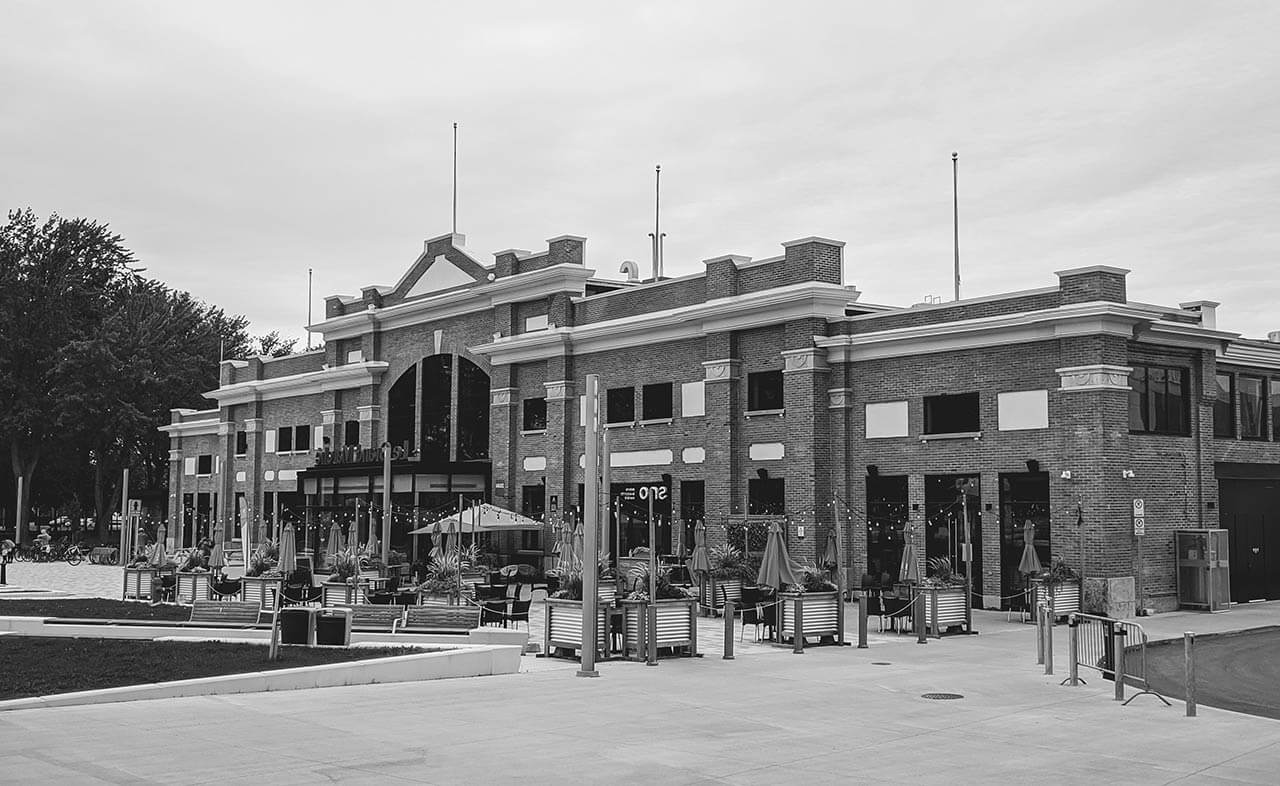The Ontario Court of Appeal decided that a municipality was not culpable for failing to keep a road in a reasonable condition of repair since the site had no history of previous collisions caused by a dip in the road.
A motor vehicle collision occurred in November 2004 in the case of Stamatopoulos v. Harris, 2022 ONCA 179. The person respondent lost control of the vehicle he was driving when he traveled over a depression or dip in the roadway. The appellant, who was riding in the front seat, sustained life-altering injuries.
Under section 44 of Ontario’s Municipal Act, 2001, the appellant filed a complaint against the motorist and the Regional Municipality of Durham. The appellant claimed that the collision was caused by a dip in the road, and that the municipality was negligent in failing to maintain the roadway in a reasonable condition of repair. In 2010, the driver admitted that he was careless and that his driving caused the incident, and the case was settled with the appellant.
The trial judge, who dismissed the appellant’s claim, considered all of the facts except the mode of driving to decide whether the road was in a state of non-repair such that it was hazardous to an ordinary reasonable driver, ruling that the road was not in a state of non-repair.
The judge further determined that the individual respondent was not an ordinary reasonable driver because he was traveling at 100 km/h when he began to cross the dip and was distracted because he had just opened a bottle and had no hands on the steering wheel at the time.
The appeal was dismissed by the Court of Appeal. First, the appellate court found enough of evidence to back up the trial judge’s decision that the road was in good shape, including:
- Witnesses who lived in the neighborhood and were familiar with the dip provided qualitative testimony.
- The fact that, since 1993, there have been no previous collisions at the site due to the dip;
- Guidelines on road depressions; and
- Guidelines on road hazard signs.
- Police evidence of “runs” conducted over the dip;
- Guidelines on road depressions; and Guidelines on road hazard signs.
Second, the appellate court found that the trial judge did not confuse the driver’s recklessness with her determination that the road was not in a state of non-repair. Because the individual respondent was not driving in the way of an average reasonable driver, the judge did not reason that the road was not in a state of non-repair.
Third, the trial judge did not apply an overly lenient standard of conduct by extending a motorist’s responsibility beyond that of an ordinary reasonable driver, according to the appellate court. The judge examined the material carefully and concluded that an average reasonable driver would not exceed 100 km/h on that length of road.

